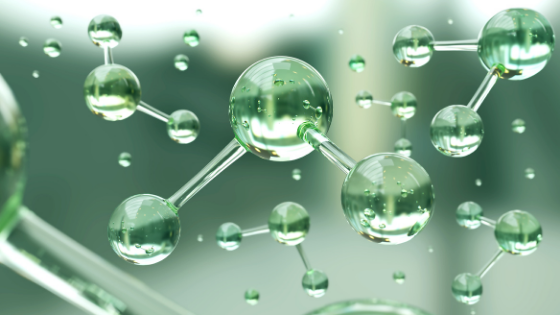
The site where the new salt cavern is being built.
Image: EWE
German energy provider EWE has started the construction of a cavern for hydrogen storage in Rüdersdorf, near Berlin.
The cavern storage facility will have a capacity of 500 cubic meters, which corresponds to the volume of a single-family house. The company is working with the German Aerospace Center (DLR) on this project.
The DLR Institute for Networked Energy Systems will examine, among other things, the quality of the hydrogen during storage and after it has been extracted from the cavern.
In the first stage of the project, EWE will build a derrick on an existing borehole and this work is expected to take a week. The utility will then install and cement a steel pipe from the surface to a depth of 1,000 meters by the beginning of April. This will connect the pilot cavern with the earth's surface.
“In the context of the research project, we particularly hope to gain knowledge of the degree of purity of the hydrogen after it has been withdrawn from the cavern,” said EWE project manager Hayo Seeba. This factor is crucial for the use of hydrogen in the mobility sector.

The knowledge that the small pilot cavern will provide should be easily transferable to caverns with a volume that is 1,000 times higher, the company went on to say. The aim is to use caverns with a volume of 500,000 cubic meters for large scale hydrogen storage in the future.
EWE owns 37 salt caverns that represent 15% of all German cavern storage facilities that could be suitable for storing hydrogen in the future. “This would mean that large quantities of green hydrogen generated from renewable energies could be stored and used as required and would become an indispensable component in order to achieve set climate targets,” Seeba added.
Scientists at Germany’s Jülich Institute for Energy and Climate Research (IEK-3) recently revealed that Europe has the potential to inject hydrogen in bedded salt deposits and salt domes with a total energy storage capacity of 84.8 PWh. Most of these salt caverns are concentrated in northern Europe, at offshore and onshore locations. Germany accounts for the largest share, followed by the Netherlands, the United Kingdom, Norway, Denmark, and Poland. Other potential sites are in Romania, France, Spain, and Portugal.
“Germany has the highest storage potential in both onshore and offshore contexts,” the group said.
This article originally appeared on pv-magazine-usa.com, and has been republished with permission by pv magazine (www.pv-magazine.com and www.pv-magazine-usa.com)


